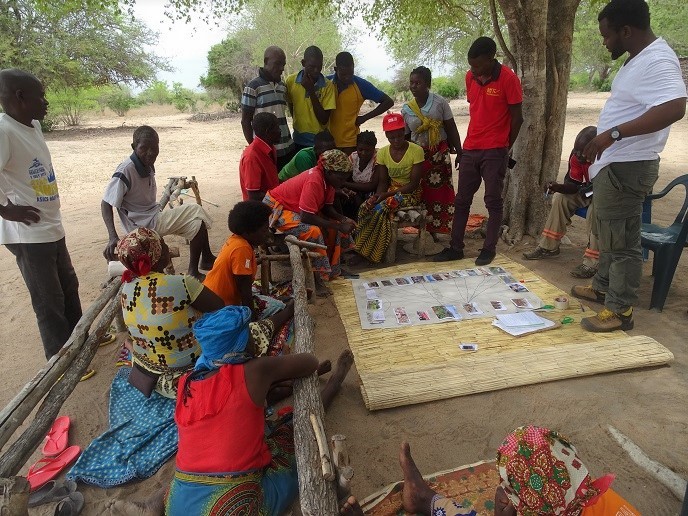Leaf metabolism models help improve water-use efficiency in crops
One possible solution to help global agriculture meet the challenges of the 21st century is the metabolic engineering of crop plants. The modelling of leaf metabolism is fundamental to this approach. Leaves are the main site of photosynthesis and therefore, the point where carbon from the environment is assimilated (or ‘fixed’) for the synthesis and maintenance of cellular components. Plants have developed different mechanisms to fix carbon: C3 and C4 photosynthesis, and Crassulacean acid metabolism (CAM). While C3 photosynthesis is the most widespread form, the latter two exhibit greater efficiency during higher temperatures and drought, respectively. Current large-scale metabolic models lack a mathematical description of processes conducted at the interface between the environment and the leaf. The Re-Leaf project, undertaken with the support of the Marie Skłodowska-Curie programme, addressed this knowledge gap by devising a computational approach that links genome-scale metabolic modelling to the environment by explicitly modelling gas-water exchange. Re-Leaf applied a previously published large-scale stoichiometric model for simulation of day and night leaf metabolism and extended it to represent metabolism over 24 time intervals during the day.
Fundamental questions answered
This time-resolved model was coupled to a biophysical gas exchange model via the common parameter of CO2 flux. “This allowed us to model the water-loss through the stomata in dependence of the CO2 demand of the metabolic system, temperature and relative humidity,” states MSCA research fellow Nadine Töpfer. Scientists constructed and analysed flux-balance models of large-scale (up to genome-scale) plant metabolic networks. “We are particularly interested in using this approach to predict how the leaf metabolic network needs to be modified to accommodate more efficient photosynthetic modes such as C4 photosynthesis and CAM,” explains Lee Sweetlove from the University of Oxford. “We are also beginning the process of integrating these metabolic models into whole-plant modelling frameworks.” These multi-layer models enabled scientists to answer fundamental questions regarding the operation of C4 photosynthesis and CAM. Firstly, the CO2-water exchange models allowed changing environmental conditions during the diel cycle, such as temperature and humidity cycles, to be coupled to the behaviour of the metabolic models. Secondly, the extended diel models were used to investigate metabolic engineering strategies for improved productivity under high temperatures. This increased understanding of the trade-off between productivity and water-use efficiency in both C3 and CAM plants. The models also enabled scientists to test what changes are needed to establish water-saving CAM or CAM-like photosynthesis in a C3 metabolic network.
An exciting discovery
When researchers used the model to simulate the balance between productivity and water-saving, they observed metabolic routes that had not yet been described in the context of CAM. According to Töpfer, “it was very exciting to see that our model predicted alternative metabolic flux modes that involve enzymes and metabolites different from the known CAM cycle.” The identified enzymes are already present in C3 plants. This makes it an interesting target for metabolic engineering to enhance the flux through already existing routes and thus generate crop plants with increased water-use efficiency. “Our new modelling approach is also applicable to model time-resolved and diffusion-limited processes in large-scale metabolic models in other contexts,” Töpfer concludes.
Keywords
Re-Leaf, CAM, photosynthesis, C3, water-use efficiency, metabolic engineering, leaf metabolism, C4, Crassulacean acid metabolism







